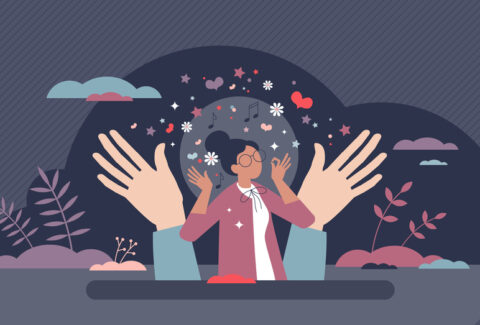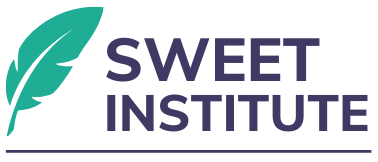From Self-Doubt to Self-Worth: Breaking Free from the Oppressor’s Voice
Introduction
Self-doubt is one of the most insidious expressions of internalized oppression. It creeps in quietly, often disguised as humility, caution, or “realism.” Yet beneath the surface, it is the voice of the oppressor, implanted within us, replaying narratives of inferiority, inadequacy, and limitation. This voice does not need external enforcement; it polices from within. To break free, we are to first learn to identify it, name it, and reclaim our worth.
The Psychology of Self-Doubt
Research shows that individuals who experience long-term discrimination often internalize negative stereotypes, leading to diminished confidence and impaired performance (Steele, 1997; Schmader & Johns, 2003). Claude Steele’s work on stereotype threat demonstrates how the anticipation of judgment can lower performance by activating anxiety and self-doubt, reinforcing cycles of oppression.
Self-doubt is not simply a personal flaw; rather, it is a conditioned psychological state rooted in systemic oppression. The repetition of oppressive narratives, “you’re not smart enough,” “people like you don’t succeed,” “you’re too much,”eventually becomes self-talk, lodged in the unconscious and reinforced by everyday interactions.
The Oppressor’s Voice Within
The inner critic is often mistaken as “just me being realistic.” But when we examine its origins, we find echoes of teachers who dismissed us, workplaces that tokenized us, media that caricatured us, or families that transmitted inherited wounds shaped by oppression. The oppressor’s voice becomes so normalized that we struggle to distinguish it from our authentic self.
For example:
- A student of color hesitates to speak up in class, fearing they will “sound ignorant.”
- A woman in leadership doubts her competence, even with proven success, because society trained her to expect she does not belong.
An immigrant professional feels guilty for advocating for themselves, equating self-worth with selfishness.
These are not coincidences, they are symptoms of internalized oppression masquerading as “truth.”
Pathways to Liberation
Breaking free from self-doubt involves recognizing its roots and consciously re-authoring our inner dialogue. Evidence-based practices from cognitive-behavioral therapy (CBT) and narrative therapy provide tools for deconstructing these inherited narratives and reconstructing empowering ones (Beck, 2011; White & Epston, 1990).
Steps toward liberation include:
- Awareness: Pause and identify the critical inner voice. Ask: Whose voice is this really?
- Externalization: Recognize that the oppressor’s voice is not your authentic self. It is an internalized echo of systemic oppression.
- Counter-Narratives: Actively replace oppressive scripts with affirming truths, grounded in evidence of your strengths, resilience, and lived successes.
- Communal Healing: Engage in collective spaces that affirm dignity and worth. Studies show that self-affirming statements and belonging interventions reduce self-doubt and improve outcomes (Walton & Cohen, 2011).
Reclaiming Self-Worth
To reclaim self-worth is not simply to “feel good about oneself.” It is a radical act of resistance. Every time we reject the inner oppressor, we dismantle the invisible chains that perpetuate inequality. Worthiness is not something to be earned through perfection or external validation; rather, it is inherent, unshakable, and non-negotiable.
As Audre Lorde reminds us, “Caring for myself is not self-indulgence, it is self-preservation, and that is an act of political warfare.” In reclaiming self-worth, we do more than heal individually, we strike at the very foundation of oppression.
⸻
References
- Beck, J. S. (2011). Cognitive Behavior Therapy: Basics and Beyond. Guilford Press.
- Schmader, T., & Johns, M. (2003). Converging evidence that stereotype threat reduces working memory capacity. Journal of Personality and Social Psychology, 85(3), 440–452.
- Steele, C. M. (1997). A threat in the air: How stereotypes shape intellectual identity and performance. American Psychologist, 52(6), 613–629.
- Walton, G. M., & Cohen, G. L. (2011). A brief social-belonging intervention improves academic and health outcomes of minority students. Science, 331(6023), 1447–1451.
- White, M., & Epston, D. (1990). Narrative Means to Therapeutic Ends. W. W. Norton.
Download the scholarly version of this article by clicking HERE







